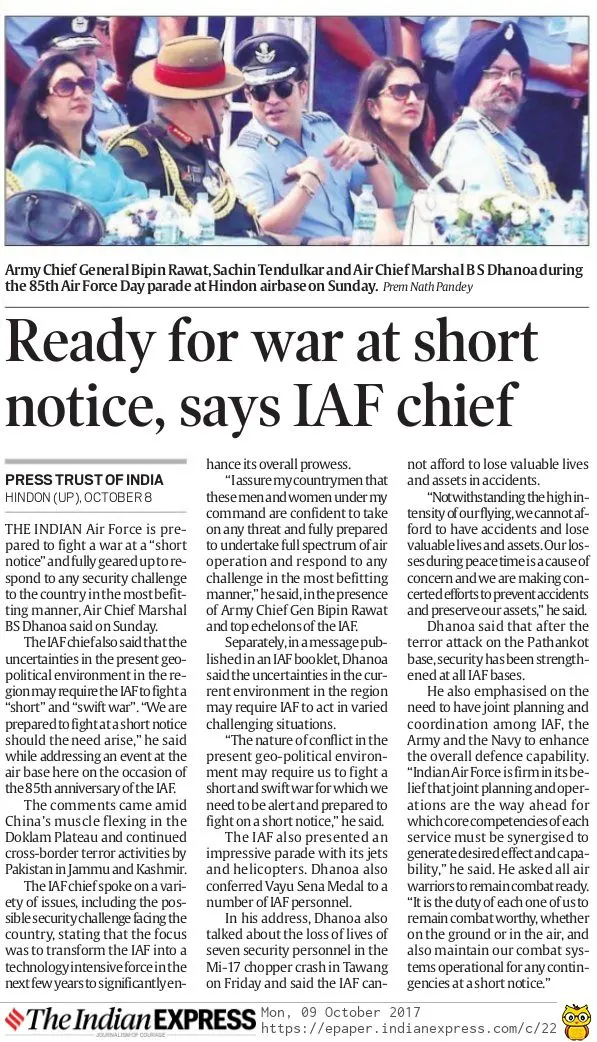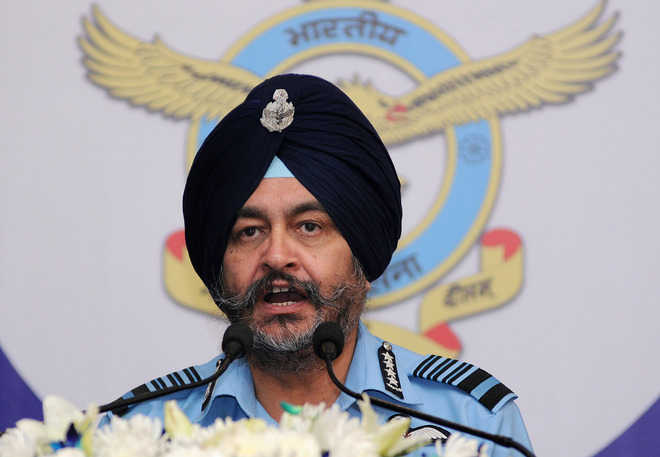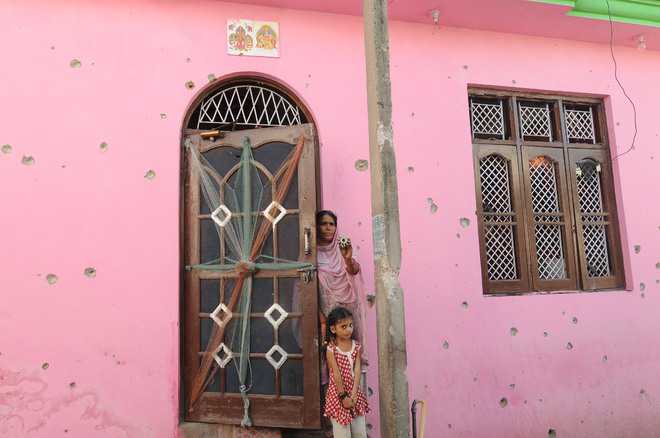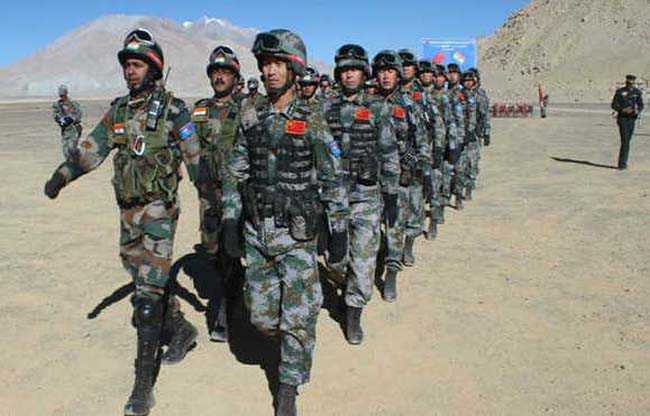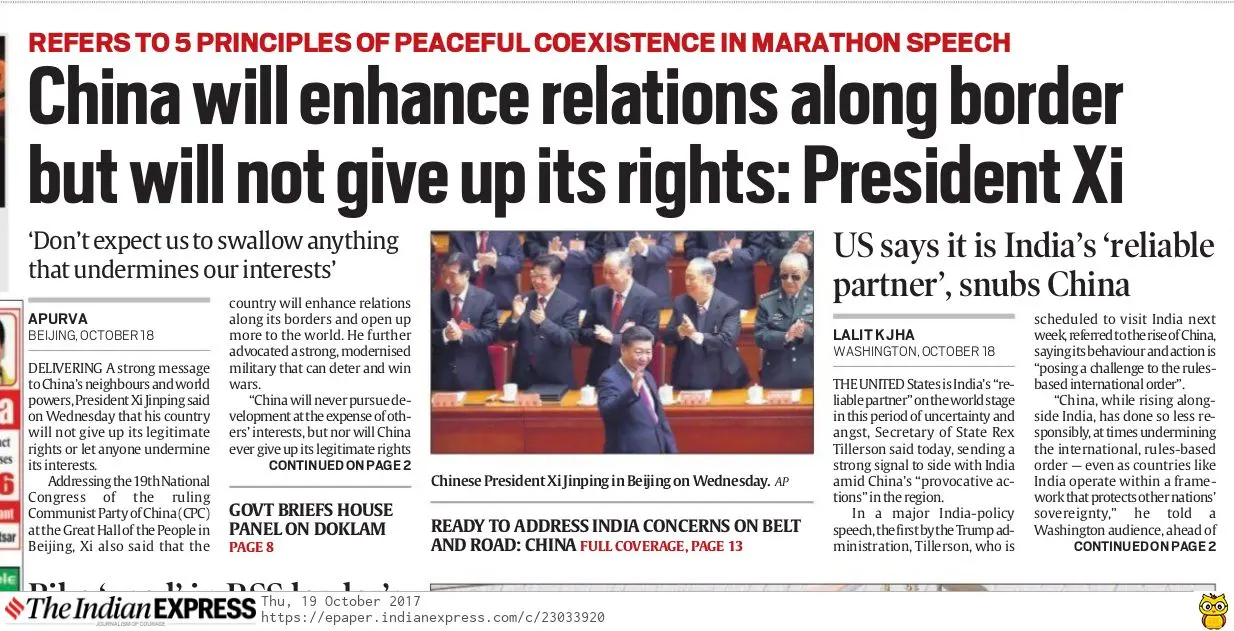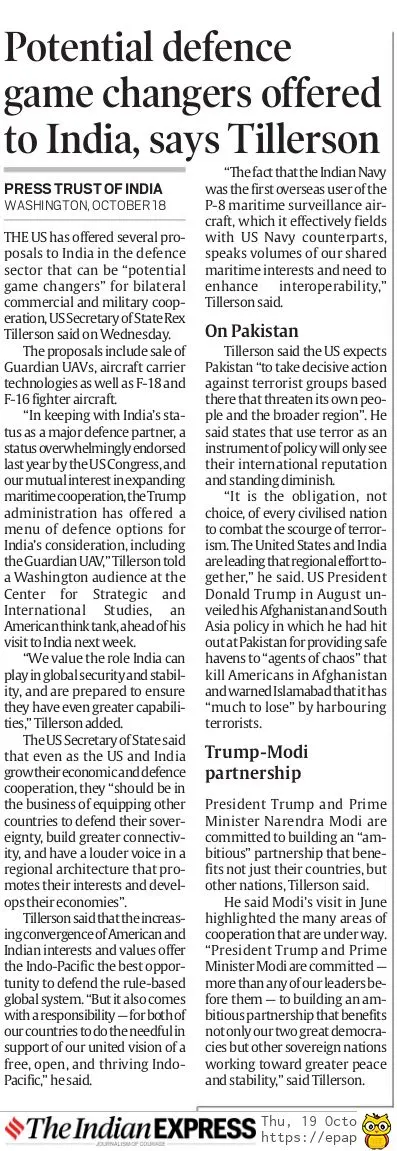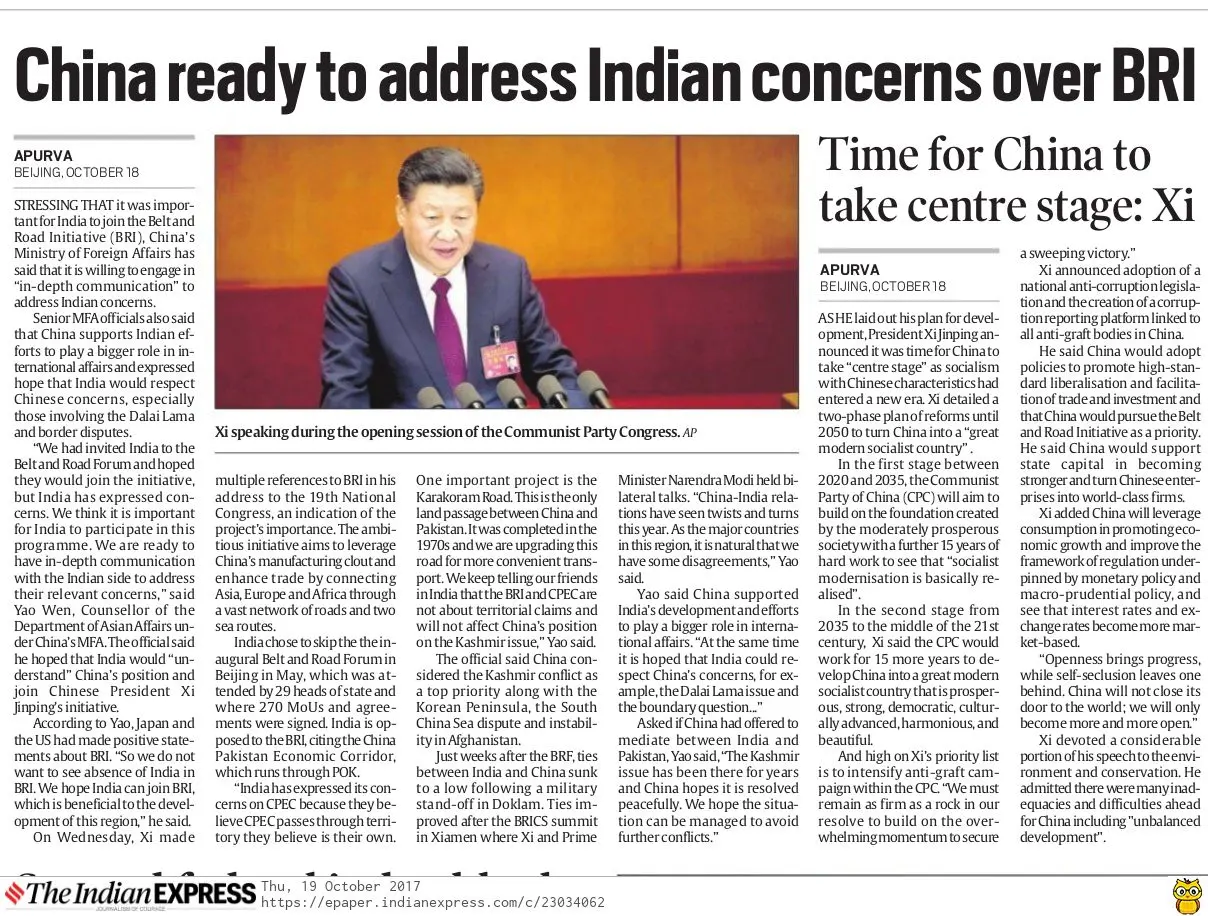Chinese preparations for the war obviously began long before October 1962 – and the November 1961 meeting where Nehru had outlined his Forward Policy. Even if there already were new roads and military camps in the area, tens of thousands of more People’s Liberation Army [PLA] troops and tons of supplies, including heavy military equipment, had to be moved over some of the most difficult terrain in the world. Mao sent altogether 80,000 Chinese soldiers to Ladakh and the eastern Himalayas to attack India. Supply lines had to be established and secured to the rear bases inside Tibet.
Once across the border, it was also apparent that the Chinese had detailed knowledge of the terrain, where the Indian troops were stationed, and how to best attack them. This was well before China had access to satellite imagery. Aerial surveillance from spotter planes would also have been impossible at that time. China depended entirely on human intelligence collected by its agents in the field, which would have taken time in the North-East Frontier Agency [NEFA]’s rough and roadless terrain. But China’s agents would also be confined largely to areas where the local population spoke languages and dialects related to Tibetan. It was nearly impossible for the Chinese to penetrate most parts of the NEFA where the local tribal population spoke other, non-Tibetan languages and dialects.
Consequently, the areas where the Chinese launched their attacks were carefully selected, and contrary to what many researchers, including those from India, have assumed, relatively limited. There is a common misperception that the PLA overran most of the NEFA and reached the lowlands at Bhalukpong, which now marks the state border between Arunachal Pradesh and Assam. Bhalukpong was abandoned and the PLA’s last encounter with Indian troops was at Chakhu, a small town near Bomdila, south of Rupa. In the east, they did not go much farther than Walong, and the incursions into Subansiri and Siang in the central sector were relatively minor.
*_All these areas have one thing in common. They are populated by Tibetan-speaking people or people speaking languages and dialects related to Tibetan._*
They were also areas where human intelligence operations had been possible before the war, and where the Chinese, through their Tibetan interpreters, were able to communicate with the locals who had stayed behind once the PLA crossed into the NEFA. Although the Indian Army had retreated from all its positions in the northeastern mountains, it is significant that the PLA did not venture into areas of the NEFA populated by Mishmis, Apatanis, Nyishis, and other non-Tibetan speaking tribes because no on-the-ground intelligence had been collected from there before the meticulously planned war. Those tribal groups would have been perceived as alien and therefore potentially hostile.
There were also other preparations that the Chinese had undertaken before the attacks in October 1962. Indian brigadier John Dalvi, who was captured alive with some of his men on October 22, 1962 and remained a prisoner of war in China until May 1963, recorded the events in his book Himalayan Blunder: The Angry Truth about India’s Most Crushing Military Disaster. Once captured and taken to the other side, Dalvi was able to observe how meticulously the Chinese had prepared their blitzkrieg against India.
He discovered that the Chinese had erected prisoner of war camps to hold up to 3,000 men and found out that interpreters for all major Indian languages had been moved to Lhasa between March and May 1962. Not only had tens of thousands of troops been redeployed to the area to be acclimatised to the high altitudes of the border mountains well before the attacks took place, but thousands of Tibetan porters had also been recruited and forward dumps had been established all along the frontier. Even more tellingly, Dalvi noticed that the Chinese had built a road strong enough to hold 7-tonne vehicles all the way up to Marmang near the McMahon Line.
*_All this, Dalvi wrote later, “was not an accident and was certainly not decided after 8th September 1962. It was coldly and calculatingly planned by the Chinese.”_*
While it is not inconceivable that the very final order to attack was given a week or so before the PLA swung into action (which would make sense from a tactical military point of view), it is also important to remember that the 1962 War also had nothing to do with the establishment of an Indian Army post in one of the remotest corners of the subcontinent. That could be seen as a pretext, but even then, at best, a rather flimsy one. Even Mao Zedong had told the Nepalese and the Soviet delegations before and after the war that the issue was never the McMahon Line or the border dispute. China thought that India had designs for Tibet, which, in the 1950s, was being integrated into Mao’s People’s Republic.
At a meeting on March 25, 1959, only three weeks after the outbreak of the Lhasa uprising and as the Dalai Lama was on his way over the mountains to India, Deng Xiaoping, then a political as well as a military leader, made China’s position clear: “When the time comes, we certainly will settle accounts with them [the Indians]” And, according to Bruce Riedel, one of American’s leading experts on US security as well as South Asian issues, “[p]robably as early as 1959, Mao decided that he would have to take firm action against Nehru”.
Zhao Weiwen, a South Asian analyst at China’s premier intelligence agency, the Ministry of State Security, wrote after the war in 1962 that “India ardently hoped to continue England’s legacy in Tibet” and that Nehru himself “harboured a sort of dark mentality”. Those factors, Zhao argued, led Nehru to demonstrate an “irresolute attitude” in 1959. And that “dark mentality”, US-China scholar John Garver quotes him as saying, led Nehru to give a free rein to “anti-China forces” in an attempt to foment unrest in Tibet to “throw off the jurisdiction of China’s central government”.
According to Garver, Mao was also present at the same meeting as Deng in March 1959, and the Chairman said that India “was doing bad things in Tibet” and therefore had to be dealt with. Mao, however, told the assembled members of the inner circle of the Chinese leadership that China should not condemn India openly for the time being. Instead, India would be given enough rope to hang itself, quo xingbuyi bi zibii, literally “to do evil deeds frequently brings ruin to the evil doer”.
*_China was waiting for the right moment to “deal” with India. But first, it needed precise and accurate intelligence from across the border._*
Findings by Nicholas Effimiades, an expert on China’s intelligence operations, reveals that the Chinese began sending agents into the NEFA and other areas two years before the military offensive. “The PLA gathered facts on India’s order of battle, terrain features, and military strategy through agents planted among road gangs, porters and muleteers working in border areas.” These agents, Effimiades states, “later guided PLA forces across the area during offensive operations…junior PLA commander – disguised as Tibetans – had reconnoitred their future area of operation.”
‘Two years before the military offensive” began in October 1962 means at least a year before the Forward Policy was conceived, which makes it hard to argue that India’s moves in the area provoked China to attack. Furthermore, the date, October 20, 1962, for the final assault after years of preparations was carefully chosen because it would coincide with the Cuban missile crisis, which the Chinese knew about beforehand through their contacts with the leaders of the Soviet Union. With Soviet missiles on Cuba, the Chinese were convinced that the USA would be too preoccupied to pay much attention to a war in the distant Himalayas.











